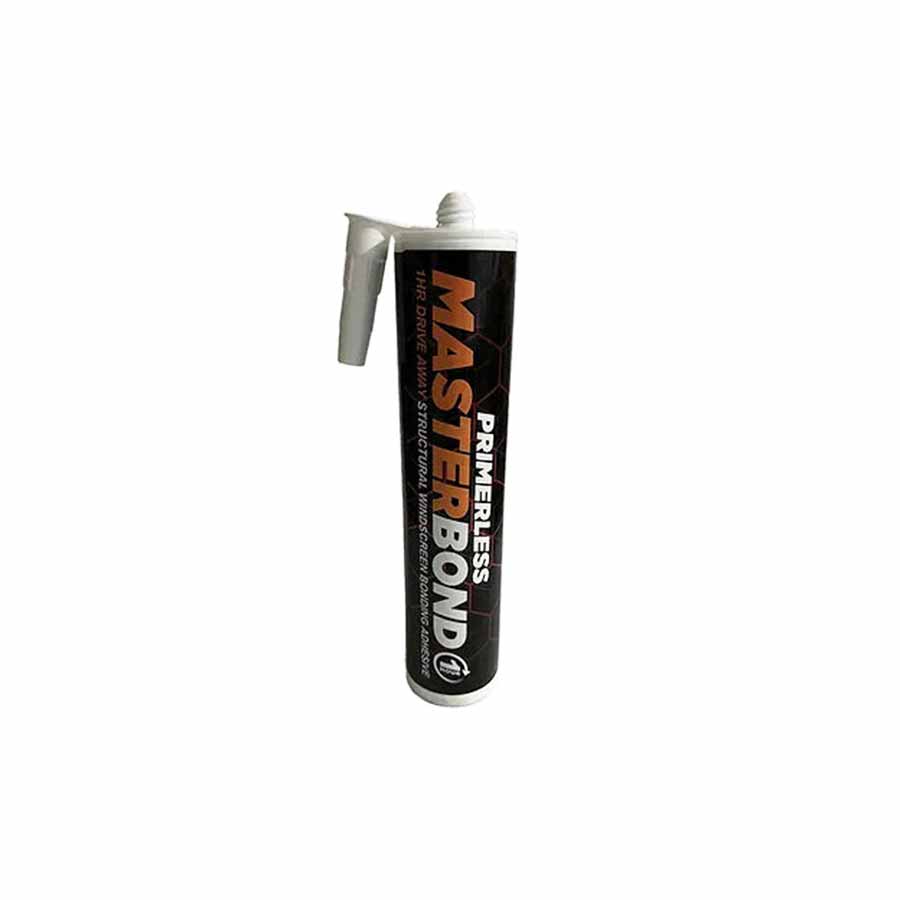
Mitsubishi Lancer Evo 7/8/9 Polycarbonate Windows
Create your ideal windows below, or contact the team if you have a specific requirement.
Customise your windows:
Note: Unless stated, all windows are sized to fit into rubber seals. If you need bolt-in sizing, then please contact us.
Shipping calculated at checkout.
UK orders ship in 3 weeks (4 for hard-coated). Delivery in 3–5 working days.
Couldn't load pickup availability

Product information
Every Race Plastics window is custom-made by our experienced team in the UK. Built for motorsport, these polycarbonate windows are lightweight, shatterproof, and far stronger than glass. Unlike acrylics or Perspex, they won’t crack under pressure—giving you peace of mind when you’re pushing hard.
Our standard spec uses 4mm thick polycarbonate, meeting key racing regulations. If you need more strength, we also offer 5mm FIA-compliant windows and hard-coated options for extra durability and scratch resistance.
Windows come in clear, bronze, or grey tints, so you can match the look to your build. You can also add sliders to either or both front doors, depending on how you want to manage airflow.
Window Sliders
Our slider kits are built from the same high-quality polycarbonate as your main windows. Designed for both driver and passenger sides, they’re smooth, secure, and built to last.
You can choose between:
- Smooth operation with three fixed positions, no rattle
- Simple and reliable, with two preset stops
Easy to fit and made to avoid rubbing or scratches, these sliders are ideal whether you need more air on track or better control on the road. For full specs, visit the Window Slider Kits page.
How long does shipping take?
We’ll confirm your order right away. Standard polycarbonate kits are usually built and shipped within 3 weeks. Custom or hard-coated orders may take longer—we’ll reach out to confirm the lead time. If you’ve got a race coming up, let us know and we’ll do what we can to hit your timeline.
Can I install the windows myself?
Yes. Most builds are straightforward and there are plenty of how-to videos online. Unless stated otherwise, our windows are made to fit into standard rubber seals. Need bolt-in versions? Just reach out.
Can I pick up my order?
We usually ship via courier, but yes—collection from our Leeds facility can be arranged. Just drop us a message.
Need to change your order?
Get in touch as soon as you can. We’ll do our best to make changes, but if production’s already started, there may be a cost to amend the order.
Key product info:
-
Expertly crafted in the UK
All of our windows and sliders are hand made to order by our team in the UK.
-
Motorsport compliant
Our standard windows are made from UK compliant 4mm Polycarbonate.
-
FIA & hard-coated options
We also offer FIA compliant 5mm & hard-coated options.
-
Road legal warning
Always check your local vehicle regulations before fitting.
Not found what you need?
Need a single window, or have a special requirement, no problem. Just let us know what you need.
The Mitsubishi Lancer Evo 7/8/9 rally car
The Mitsubishi Lancer Evolution VII, VIII, and IX represented a shift in the Evo’s history. The raw, rally-inspired madness of the earlier generations was still very much alive, but these models brought something new to the table, refinement. Mitsubishi wasn’t just building a rally car with number plates anymore. These Evos were now fully developed, high-performance machines that could take on supercars while still being practical enough for everyday driving.
When the Evolution VII launched in 2001, it was clear that things were changing. For the first time, the Evo was based on the larger and heavier Lancer Cedia platform. This meant more weight, but Mitsubishi wasn’t about to let that slow it down. The 2.0-litre 4G63 turbocharged engine now produced 276 horsepower, and torque had been increased to give it even more mid-range punch. The real game-changer, though, was the introduction of Super Active Yaw Control (S-AYC), an upgraded version of Mitsubishi’s already legendary torque-vectoring system. This allowed the Evo VII to distribute power more intelligently between the wheels, making it more stable at high speeds and sharper through corners. It wasn’t just fast, it was clever.
The handling improvements were immediate. The Evolution VII was bigger, yes, but it was also more planted and composed. Where earlier Evos had been twitchy and aggressive, the VII felt more controlled, allowing drivers to push harder without feeling like they were on the edge of disaster. That said, it hadn’t lost its wild side. The turbocharged surge was still brutal, the all-wheel-drive grip was still relentless, and the steering was still razor-sharp. This was a car that could humiliate much more expensive sports cars while still being comfortable enough to drive every day.
Then came the Evolution VIII in 2003, taking everything that made the VII great and making it even better. The biggest upgrade was the introduction of a six-speed manual gearbox, offering closer ratios for better acceleration. Power remained at 276 horsepower (officially, at least, Mitsubishi was known for underestimating its true output), but the car felt quicker and more responsive. The suspension was revised, the aerodynamics were improved, and Mitsubishi even introduced an MR (Mitsubishi Racing) version with lightweight components, aluminium roof panels, and a retuned suspension setup for even sharper handling.
The Evolution VIII was also the first to be officially sold in the United States, opening up the Evo experience to a whole new audience. Americans had long admired the Evo from afar, watching it dominate rally stages and battle against the Subaru Impreza WRX STI, but now they could finally get their hands on one. It quickly gained a cult following, praised for its brutal acceleration, unbelievable cornering ability, and the fact that it could be modified into an absolute monster.
Just when it seemed like Mitsubishi had perfected the formula, they went one step further with the Evolution IX in 2005. This was the final version of the 4G63-powered Evo, and Mitsubishi made sure it went out with a bang. The biggest upgrade was the introduction of MIVEC (Mitsubishi Innovative Valve Timing Electronic Control), which improved both power delivery and fuel efficiency. The result was a car that felt even more responsive, with better throttle control and a wider powerband.
The Evolution IX also introduced further refinements to the suspension and aerodynamics. It felt more composed at high speeds, more predictable through corners, and even more explosive when coming out of them. It was a car that demanded to be driven hard, rewarding skilled drivers with a level of performance that few cars in its class could match.
There were also special editions, like the RS, which stripped out unnecessary weight for maximum performance, and the MR, which included Bilstein dampers, lightweight BBS wheels, and further chassis refinements. Each version had its own unique appeal, but they all shared the same DNA, a relentless focus on performance and handling.
By the time the Evolution IX bowed out in 2007, it had cemented itself as one of the greatest performance cars of its time. It was still raw, still aggressive, and still capable of embarrassing much more expensive cars on the right road or track. But it had also evolved into something more. It was no longer just a rally car for the road, it was a fully developed, high-performance machine that could do everything, from daily commuting to setting blistering lap times.
These three generations of the Evo proved that Mitsubishi could take a car that was already legendary and continue refining it without losing what made it special. The Evolution VII brought intelligence, the Evolution VIII brought precision, and the Evolution IX perfected the formula. Even today, they remain some of the most respected and sought-after performance cars in the world, a testament to Mitsubishi’s engineering brilliance and its dedication to building cars that put driving excitement above all else.

Thought about a slider kit?
Our easy retro fit window slider kits are the essential addition to your racing windows with standard and advanced kits available.
Need Glue for your New Windows?

Windscreen Bonding Adhesive - Primerless & Drive within 1 hour

Let customers speak for us
from 11 reviewsGreat screen
Well made product
Hi Jim.
Yes mate the windows look Awesome,haven't fitted them yet but some time in November.
Was really pleased to find out that the sliders were already fitted to the Windows.
Glad I chose the Ballbearing lock system.
Won't get to Hot in the Car now.
Thanks again,service was 1st Class.
Many thanks.
Steve Woods.
Very helpfull
Nicely finished, very well packed, arrived on time and great value. Thanks!
Windows are easy to fit and look good
Would highly recommend Race plastics. I have used them now on 3 occasions, their products and their customer service are the best I have used, Thank you R.P....
Perfekt fitting, fast delivery.
Thank You.
Want some Window Advice?
-
Why Polycarbonate Windows?
Find out whyLearn about what polycarbonate windows are, what benefits they offer and why you should use them.
-
Perspex or Polycarbonate Windows?
Find out which oneFind out which you should use for your race windows, why, and which one will protect you the most whilst racing.
-
Our Frequently Asked Questions
Find out moreGet the answers to key questions on products and services, including deliveries, collections and timescales.
Need help with Mitsubishi Lancer Evo 7/8/9 windows?
We love helping our customers find what they need - we are dedicated to making sure you enjoy your passion to the most.

